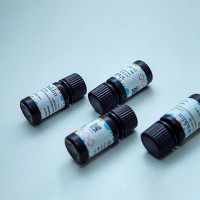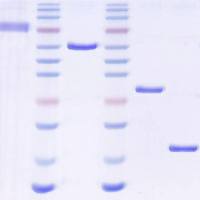Polyaspartic Acid Coated Iron Oxide Nanoprobes for PET/MRI Imaging
互联网
480
Iron oxide nanoparticles, due to their exceptional magnetic property, biocompatibility, and biodegradability, have long been studied as contrast agents for magnetic resonance imaging (Xie et al., Curr Med Chem 16(10):1278–1294, 2009; Xie et al., Adv Drug deliv Rev 62(11):1064–1079, 2010). While previous applications mostly target reticuloendothelial system (RES) organs such as liver and lymph nodes, recent efforts have been made to impart targeting peptides or antibodies onto particle surface to enable site-specific targeting after systemic administration (Xie et al., Adv Drug Deliv Rev 62(11):1064–1079, 2010; Cai and Chen, Small 3(11):1840–1854, 2007; Corot et al., Adv Drug Deliv Rev 58 (14):1471–1504, 2006; Xie et al., Acc Chem Res 44(10):883–892). Moreover, other imaging functionalities can be loaded onto nanoparticles to achieve multimodality imaging probes (Cai and Chen, Small 3(11):1840–1854, 2007; Lee et al., J Nucl Med Soc Nucl Med 49(8):1371–1379, 2008). In this protocol, we describe the procedure of constructing an iron oxide nanoparticle (IONP)-based probe with high affinity towards integrin αv β3 for positron emission tomography (PET) and magnetic resonance imaging (MRI) dual modality imaging. The related characterizations and validation experiments, including particle concentration determination, Prussian blue staining, animal model preparation, and in vivo PET/MRI imaging will also be discussed.







